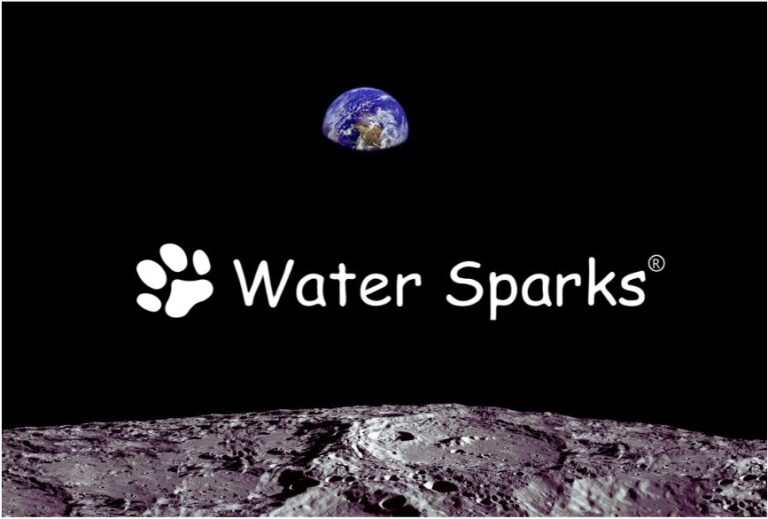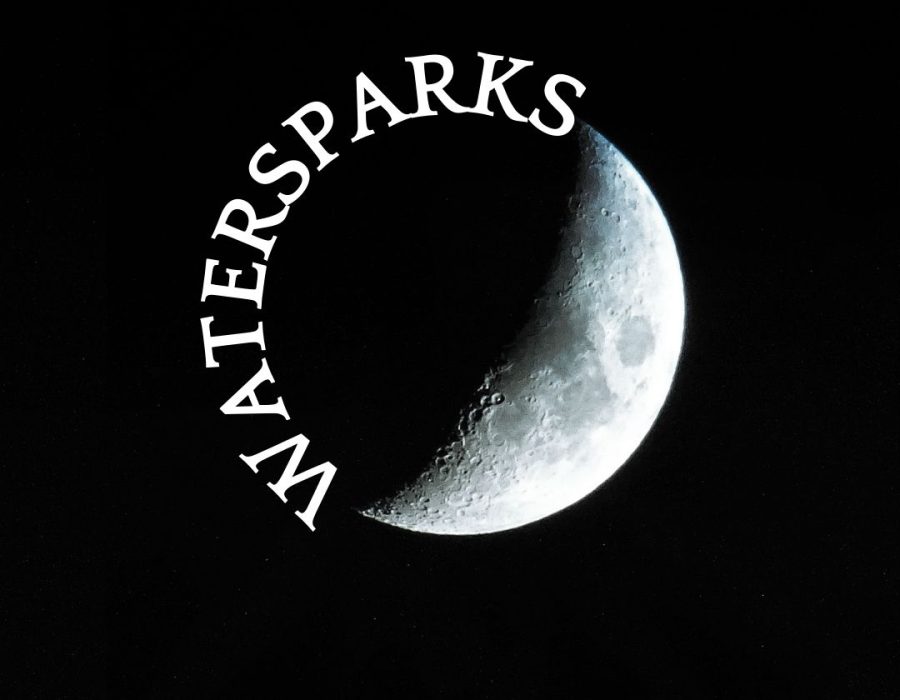
Success of Chandrayaan 3 & Significance of Water Molecules for Life
“India is on the moon,” declared S. Somanath, the director of the Indian Space Research Organization (ISRO), right after Chandrayaan-3 touched down, enabling India the fourth country after the United States, China, and the former Soviet Union to accomplish this feat.
In India, television stations and newspaper headlines aired countdowns as there was much expectation for the landing.
Children waved at the Indian national and prayed at places of worship all around the country as they awaited live broadcasts of the landing. Children came there in the hopes of a safe landing because Hindus value the Ganga River. Muslims also prayed in mosques. In the nation’s capital, New Delhi, the petroleum minister, Hardeep Singh Puri, also offered prayers at a gurudwara, a Sikh temple. According to Puri, India is developing economically in addition to scientifically and technologically.
Jitendra Singh, who gazed at the Chandrayaan-3 liftoff in Sriharikota, remarked in an interview with TOI stated Chandrayaan-1 was completely distinct from all earlier space missions. This is because America was preoccupied with its Apollo human trips to the Moon when India began her space voyage in the early 1960s. Even though the US had colonized the Moon many years prior, no proof of water has ever been discovered there. The potential of any supply (of water) that could support life on the Moon, though, piqued Nasa’s curiosity. “Chandrayaan-1 initiated a thrilling new phase in space exploration when it reportedly found the earliest credible signal of water atoms on the Moon (in 2009),” the minister said. Our Moon project drew interest from NASA as well. Therefore, Chandrayaan-3 will delve further and carry on the research that Chandrayaan-1 started, looking for further indications of water that could one day lead to the establishment of a future human habitat on the Moon. We are going to the South Pole because we want to explore areas that are unknown and where no other country has gone before. We’ve received pictures of the Moon’s dark (always shadowed) craters, and they give us the idea that water might be existing there. Chandrayaan-3’s discovery of more evidence of water, which is made up of hydrogen and oxygen, opens up a wide range of new scientific possibilities.

What Water Did Chandrayaan 3 Find?
The Pragyan rover from Chandrayaan-3, confirmed by ISRO, has found sulfur close to the south pole of the moon. The finding was made with the help of the rover’s Alpha Particle X-ray Spectrometer (APXS). Sulfur is a remarkably infrequent element on the Moon. Its presence near the South Pole is interesting since it may be a sign of the presence of water ice. Additionally, water ice is thought to be present in the craters that are constantly overcast near the south pole.
We can understand the significance of water molecules for life from the aforementioned assertions.
Here, I ask: Have you ever given much thought to the water that we use every day?
The majority of people live in metro areas where the water we use every day for activities like drinking, showering, and dishwashing has some problems, such as bad odor, iron content, and hardness. It mostly impacts water quality, which causes dryness, hair loss, apparatus stains, and pipe blockages. Water with significant amounts of calcium and magnesium is referred to as hard water. It happens when limestone-containing groundwater passes through it and takes these components from the rock. High concentrations of dissolved minerals, such as iron, are also frequently present in hard water.
The minerals in hard water have various visual drawbacks, much like iron. They can leave stains on your dishes, clog your pipes, and provide an unpleasant flavor to your water. They can make it harder to get your clothing sparkling and can build up on both your hair and skin, putting them dry and lifeless.
By using ion exchange, implementing a home water softener can assist in removing some of these minerals. Ideally, a water softener works by passing the water in your house through a salt filter. The charged ions of sodium from the salt swap places with the calcium and magnesium ions whenever the water passes through the salt. The calcium and magnesium ions are drawn to a porous resin in the softener, and when they bind to the resin, they release sodium ions to take their positions. With water that seems pleasant, experiences well on your skin, and won’t leave behind unwelcome stains or deposits, many water softeners may also remove impurities like iron and chlorine using the same technique.
Therefore, where can we locate the best water treatment facility in a market with so many rival branches?
The answer to this dilemma is fairly straightforward: Watersparks has over two decades of knowledge in the water treatment industry and has sophisticated
machinery and specialists to handle your problem. The India-based Water Sparks water treatment plant company focuses on treating water for domestic, industrial, and commercial purposes. In India, residences, flats, schools, colleges, hospitals, and hotels primarily employ our water treatment plants. We rely on a variety of techniques, including water softeners, iron water removal plants, and reverse osmosis plants, to eliminate water hardness, iron water, and sediment pollutants. These water treatment techniques assist in ensuring that the water is secure for overall use in washing, bathing, other domestic tasks, and industrial applications. To alleviate hard water and iron water, we commonly use revolutionary water treatment techniques and leading-edge filter technology. These include whole-house water filtration systems, RO plants, water softeners, iron removal plants, and water filters. The types of water and the quantity of impurities in the water influence the methods and technology employed in water treatment plants.
Do you still have this on your mind? Simply go to www.watersparks.com or Call +91 98843 66644 or +91 98842 57744 to connect with our specialists who can help you and answer your questions
